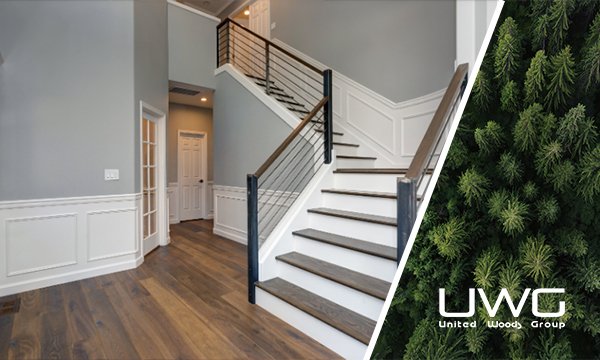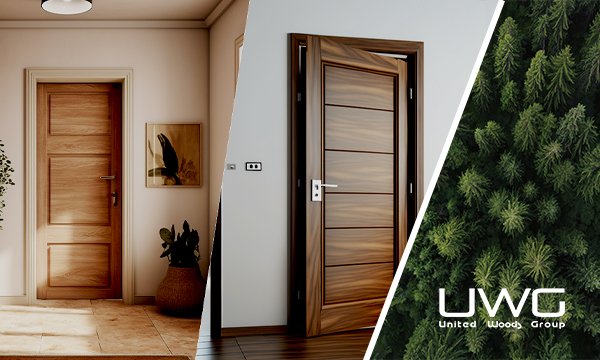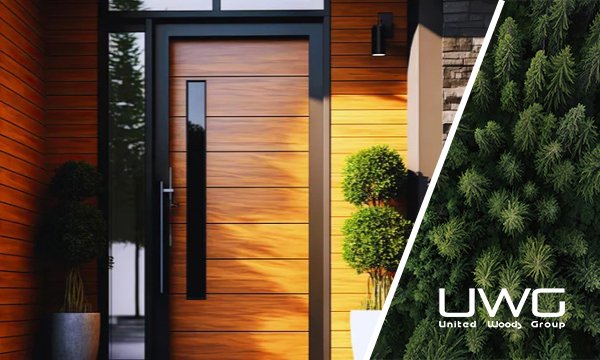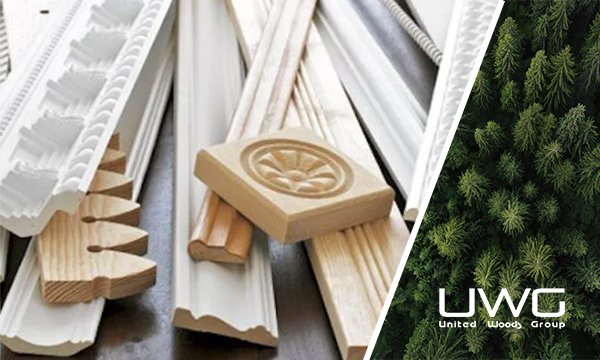Renovating your home involves countless decisions, one of which is whether to use baseboards or opt for quarter rounds alone. This decision can significantly impact the look and feel of your home. Many homeowners wonder if quarter rounds can be used without baseboards. Let’s explore this possibility and understand the implications.
Yes, you can use a quarter round without a baseboard. Quarter rounds are versatile and can be used around the edges of windows, door frames, and staircases, not just baseboards. However, it is important to consider the overall aesthetic and practical aspects of forgoing baseboards, as they provide a finished look and protect the lower walls from damage.
Understanding the role of both quarter rounds and baseboards will help you make an informed decision for your home renovation project.
Do you need baseboard and quarter round?
Quarter round trim improves the appearance of a room dramatically. By eliminating that gap between the baseboards and the floor, you end up with a more finished appearance. However, quarter rounds can be used independently in various applications. They are particularly useful in areas where traditional baseboards may not fit or be necessary, such as around door frames and staircases.

Is it OK not to have baseboards?
While it’s okay to skip baseboards, it’s important to note that without them, the bottom of your walls can become more susceptible to damage. Baseboards protect the lower part of the walls from kicks, vacuum cleaner bumps, and other forms of wear and tear. Additionally, baseboards cover the gap between the wall and the floor, giving your room a polished look.

Can you skip baseboards?
In some cases, you can skip baseboards, especially if the construction and finishing of the room are flawless. For instance, in bathrooms or modern minimalist designs, skipping baseboards might create a clean, seamless look. However, this requires precise workmanship to ensure there are no gaps or uneven edges where the wall meets the floor.

Do I need baseboard trim?
Although baseboards aren’t a necessity, they help give most homes a finished look and are highly functional. They hide imperfections where the floor meets the wall and provide a decorative element that can enhance the overall design of a room. If you’re considering not using baseboards, weigh the aesthetic and practical benefits they offer.

How to install quarter round without baseboards?
To install quarter round without baseboards, follow these steps:
1.Measure and Cut: Measure the length needed and cut the quarter round to fit. Ensure precise cuts for a snug fit.

2.Paint or Stain: Paint or stain the quarter round before installation to avoid getting paint on your floors.

3.Place and Secure: Place the quarter round at the base of the wall where it meets the floor. Use finishing nails or adhesive to secure it in place.

4.Fill Gaps: Use wood filler to fill any gaps or nail holes, and then sand for a smooth finish.

5.Touch Up: Touch up with paint or stain as needed to ensure a seamless look.

Advantages of using quarter round without baseboards
- Cost-Effective: Using quarter round alone can be more cost-effective as it requires fewer materials and less labor.
- Modern Look: It can create a sleek, modern aesthetic, especially in contemporary or minimalist designs.
- Versatility: Quarter rounds can be used in various areas where baseboards might not fit, offering greater design flexibility.

Reasons for opting out of baseboards
- Aesthetic Preference: Some homeowners prefer the minimalist look of not having baseboards.
- Space Constraints: In small spaces, eliminating baseboards can create a cleaner, more open feel.
- Custom Design: For custom or unconventional designs, skipping baseboards might be a deliberate design choice.

Summary
In conclusion, while using quarter rounds without baseboards is feasible, it requires careful consideration of both aesthetic and practical aspects. Quarter rounds can provide a sleek, modern look and are versatile in various applications. However, baseboards offer significant benefits in terms of protecting walls and giving a room a finished appearance. Ultimately, the choice depends on your design preferences and the specific needs of your home renovation project. For any home improvement endeavor, it’s crucial to balance functionality with aesthetics to achieve the best results.








